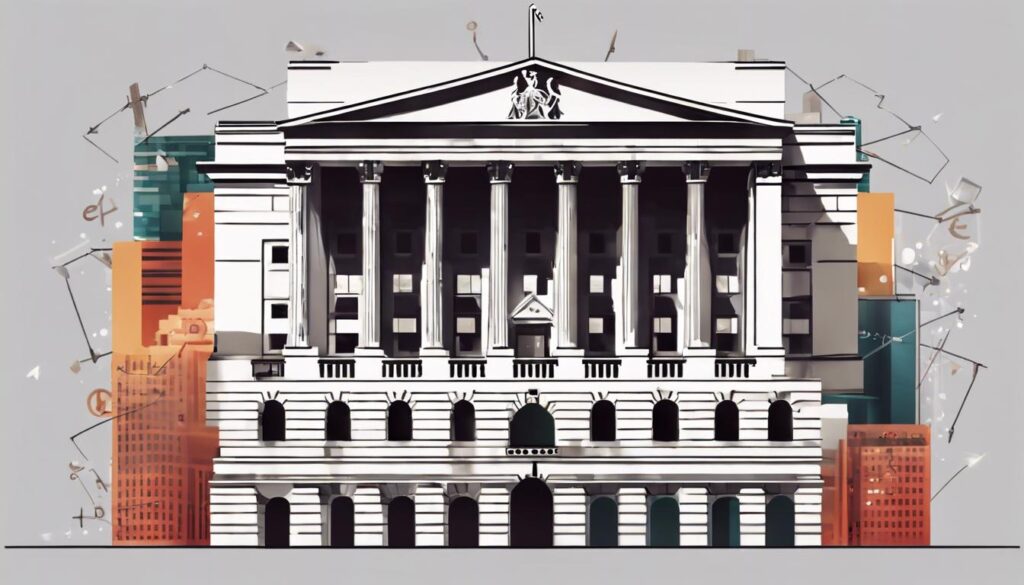Following a period of maintaining high interest rates to combat inflation, the Bank of England’s Governor, Andrew Bailey, signals a possible shift towards rate cuts, buoying market optimism and reflecting a cautiously optimistic economic outlook.
The Bank of England Governor, Andrew Bailey, has indicated a potential shift towards interest rate cuts in the UK, a departure from the previous stance of maintaining rates to curb inflation. While the bank’s Monetary Policy Committee recently opted to keep interest rates steady at 5.25%, Bailey’s comments suggest that cuts could be considered in upcoming meetings, driven by signs of easing inflationary pressures and successful monetary policies mitigating wage-price spiral risks. Market participants are now anticipating possible rate reductions as early as June, with economists forecasting a series of cuts by the end of the year.
The possibility of interest rate cuts has contributed to a positive market response, with the FTSE 100 index nearing a one-year high. This optimism is part of a broader trend, as global central banks, including the Federal Reserve and the European Central Bank, also signal a softer approach to interest rates.
Amid these macroeconomic discussions, the UK retail sector reported flat sales volumes in February, according to the Office for National Statistics (ONS). The ONS highlighted that adverse weather conditions impacted consumer shopping patterns, particularly affecting food and fuel sales, which saw declines. Conversely, clothing and department store sales experienced growth, helped by online sales and new season collections, indicating a mixed economic landscape.
The articles also highlighted ongoing global economic and political events, including US-Ukraine relations, corporate news, and consumer confidence trends, painting a complex picture of current international dynamics.
As the Bank of England considers interest rate cuts amidst a cautiously optimistic economic outlook, the UK economy continues to navigate through a blend of domestic and international challenges, with retail sales performance and market reactions serving as key indicators of the nation’s economic health.

















